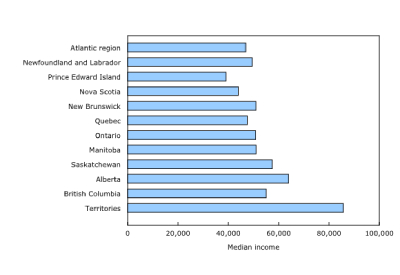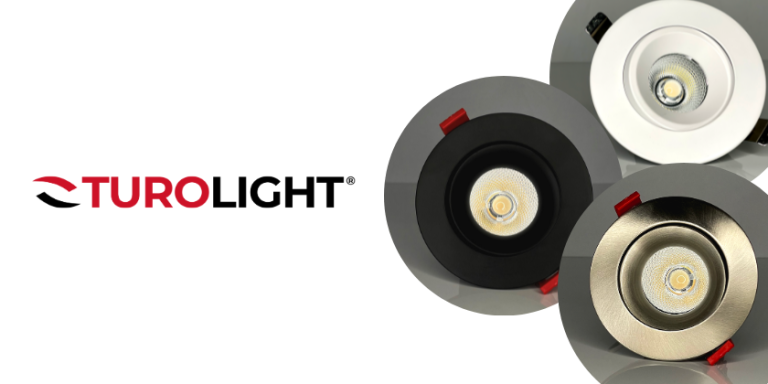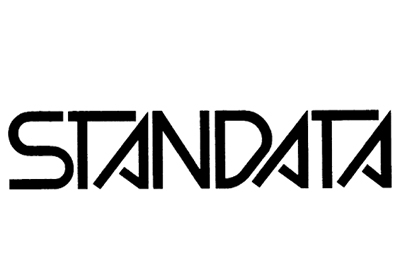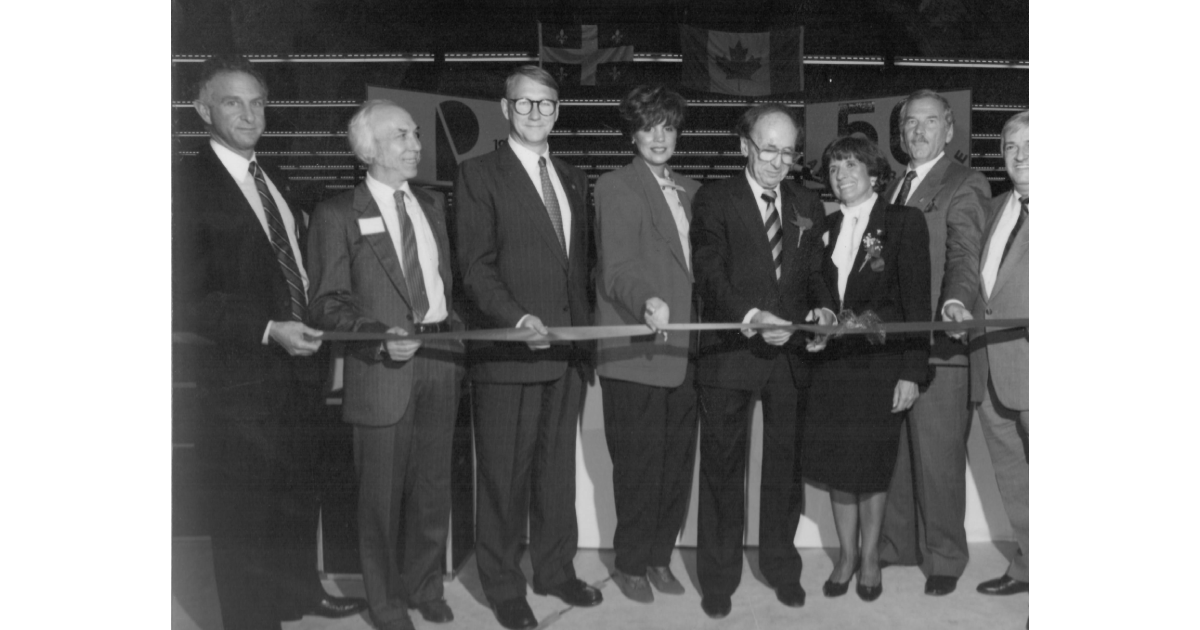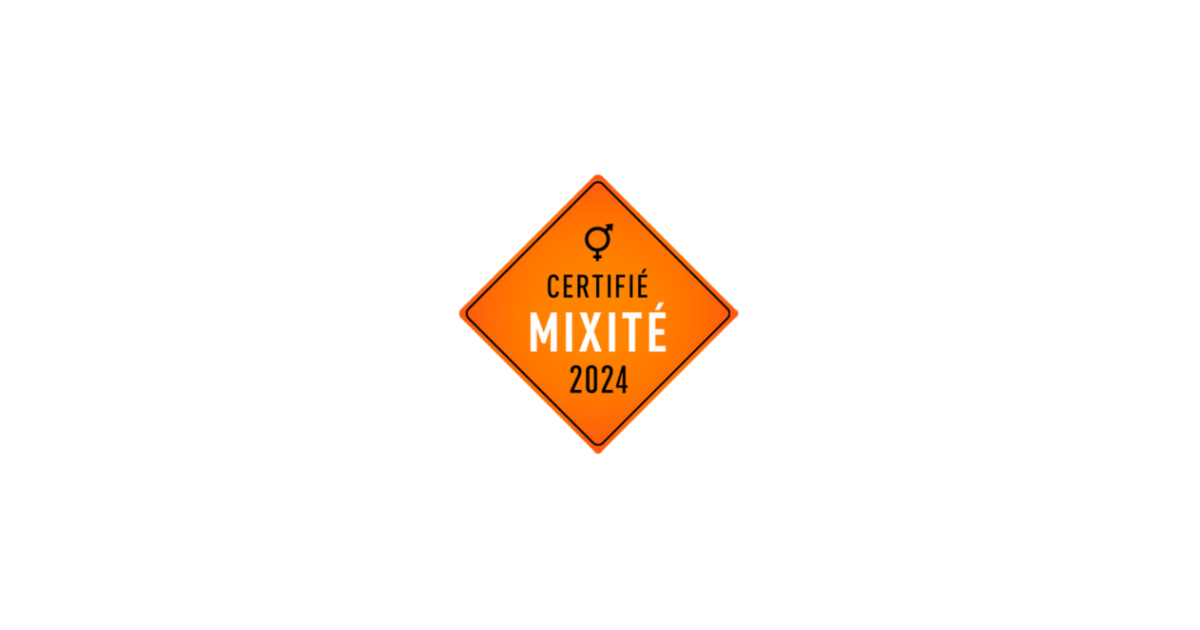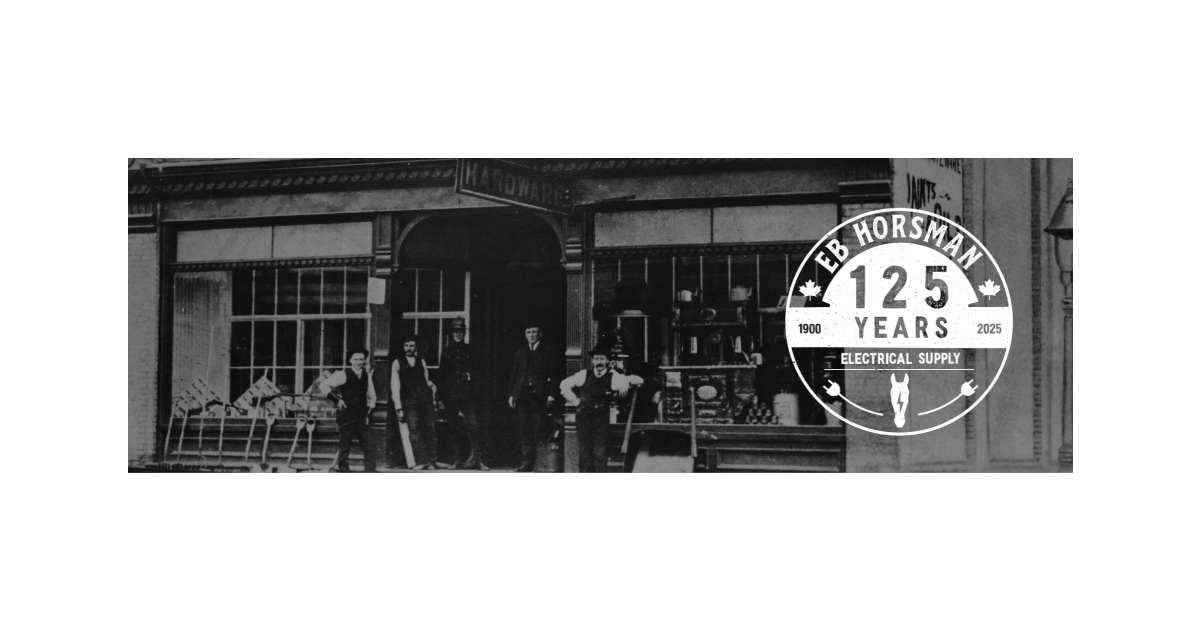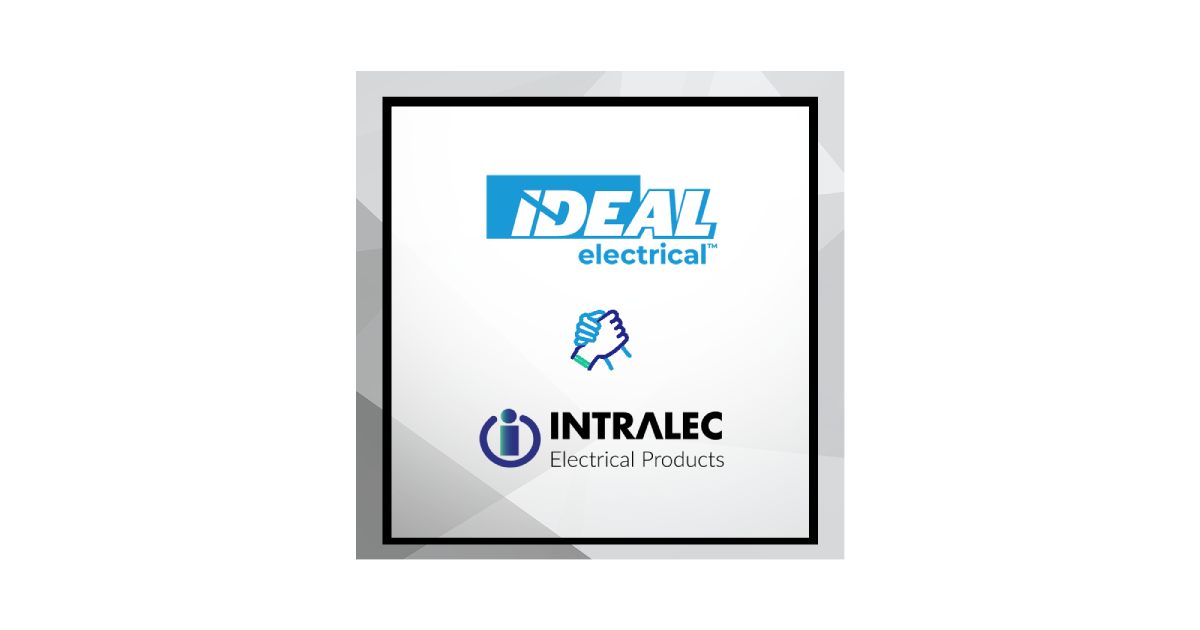Guide to the Canadian Electrical Code, Part 1[i], 25th Edition– A Road Map: Section 78
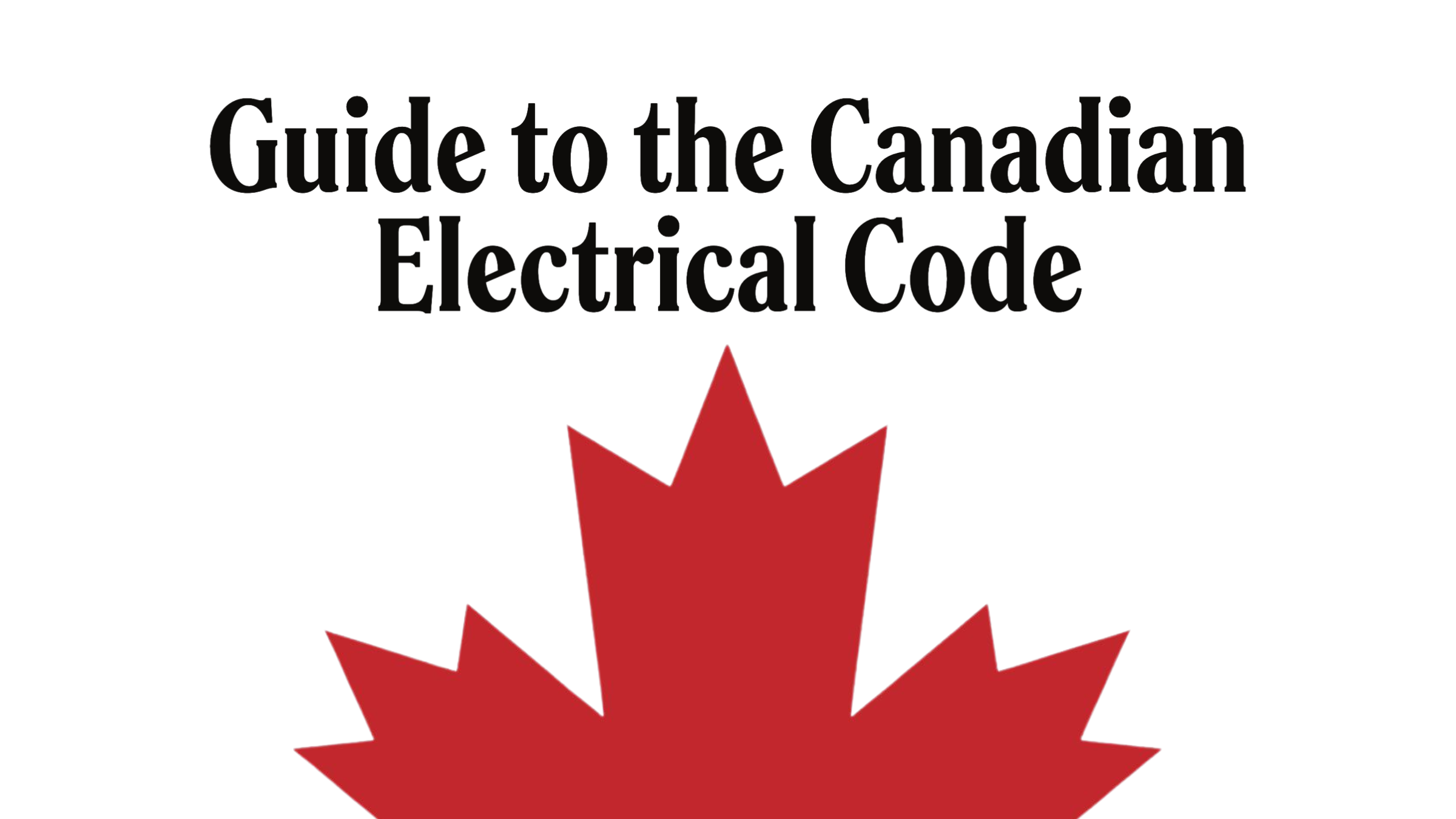
January 4, 2023
By WIlliam (Bill) Burr
[i] Source: CSA C22.1:21, Canadian Electrical Code, Part 1 – Safety Standard for Electrical Installations. © 2021 Canadian Standards Association. Please visit store.csagroup.org. With the permission of CSA Group, material is reproduced from CSA Group standard CSA C22.1:21, Canadian Electrical Code, Part 1 – Safety Standard for Electrical Installations. This material is not the complete and official position of CSA Group on the referenced subject, which is represented solely by the Standard in its entirety. While use of the material has been authorized, CSA Group is not responsible for the manner in which the data are presented, nor for any representations and interpretations. No further reproduction is permitted. For more information or to purchase standard(s) from CSA Group, please visit store.csagroup.org or call 1-800-463-6727.
Section 78 — Marine Wharves, Docking Facilities, Fixed and Floating Piers, and Boathouses – (The 25th Edition of the CE-C, Part I, (C22.1-21) * is now available from CSA Group. This discussion of Section 78 is based on this edition).
The Code is a comprehensive document. Sometimes it can seem quite daunting to find the information you need quickly. This series of articles provides a guide to help users find their way through this critical document. This is not intended to replace the notes in Appendix B or the explanations of individual requirements in the CEC Handbook** but will hopefully provide some help navigating while reading the Code.
Rule 78-000 Scope – notes that this is a supplementary or amendatory section of the code and applies to the installation of electric equipment and wiring methods on marine wharves, fixed or floating piers, docking facilities, and boathouses that are used for the construction, repair, storage, launching, berthing, and fuelling of watercraft. The general sections of the Code also apply unless amended or supplemented by this Section. Appendix B and the CEC Handbook provide additional information.
Rule 78-002 Special terminology – contains definitions for terminology used in this section for Boathouse, Docking facility, Fixed pier, Floating pier, and Marine wharf. It is important to understand these terms because of the specific applications for each situation.
General
The rules in this General part apply to all installations under this section.
Rule 78-050 Receptacles – outlines the requirements for receptacles and requires that:
- receptacles installed outdoors on fixed or floating piers, docking facilities, marine wharves, boathouses, and supplying shore power to boats be:
- straight blade or locking type conforming to either Diagram 1 or 2 for receptacles rated 15 A and 20 A,
- locking type conforming to Diagram 2 or of the pin and sleeve type for receptacles rated over 20 A up to and including 60 A, and
- pin and sleeve type for receptacles rated over 60 A (note: other configurations for shore power are permitted for specific applications); and
- that all receptacles be:
- made of corrosion-resistant materials and provided with weatherproof enclosures (Appendix B discusses suitable materials),
- installed in accordance with Rule 26-708 where exposed to the weather,
- located above the maximum normal water level and protected from splashing, and
- protected by a ground fault circuit interrupter of the Class A type for all receptacles rated at 125 V, 15 A or 20 A.
Rule 78-052 Branch circuits and feeders – provides the requirements for branch circuits and feeders and requires that:
- a separate and individual branch circuit supplies shore power to boats and does not supply any other equipment.
- ground fault protection be provided to de-energize all ungrounded conductors of each feeder for distribution equipment for floating piers, docking facilities, and boathouses, set low enough to permit normal operation, but not greater than 30mA; (note that this is in addition to the Class A GFCI protection for receptacles as required by Rule 78-050.
- additional ground fault protection for branch circuits installed in or on fixed or floating piers, docking facilities, and boathouses is not required where distribution conductors are provided protection, as above.
Rule 78-054 Demand factors – provides the demand factors for the load for each feeder and service supplying receptacles intended for supplying shore power to boats and are calculated as follows:
- 100% of the sum of the first four receptacles having the highest ampere ratings; plus
- 65% of the sum of the ampere ratings of the next four receptacles having the same or next smaller ratings, plus
- 50% of the sum of the ampere ratings of the next five receptacles having the same or the next smaller ratings, plus
- 25% of the sum of the ampere ratings of the next 16 receptacles having the same or the next smaller ratings, plus
- 20% of the sum of the ampere ratings of the next 20 receptacles having the same or the next smaller ratings, plus
- 15% of the sum of the ampere ratings of the next 20 receptacles having the same or the next smaller ratings, plus
- 10% of the sum of the ampere ratings of the remainder of the receptacles, plus
- other loads added in accordance with the Rules of Sections 8and14.
Rule 78-056 Wiring methods – requires wiring methods that:
- protect installations from mechanical damage, corrosion and severe weather conditions, including exposure to moisture, splashing of water and spray using:
- corrosion-resistant rigid metal, RTRC or PVC conduit,
- mineral-insulated cable having a copper sheath,
- non-metallic-sheathed cable of the NMWU type,
- armoured cable having moisture-resistant insulation and overall corrosion protection, or
- metal-sheathed cable having overall corrosion protection;
- allow for tidal movement or flexibility using a hard usage, outdoor flexible cord suitable for wet locations selected in accordance with Rule 12-402 and supported by gripping at both ends unless fastened to a structure.
- avoid mechanical damage to conduit, cable, and overhead wiring by installing and routing to avoid conflict with other users of the facility.
- prevent damage to conduit, cable, and wiring systems from wave action, ice, storm damage, and mooring hooks and lines; and
- provide fastening hardware of galvanized steel, stainless steel, PVC-coated steel, brass, or other materials with similar corrosion-resistant properties.
Rule 78-058 Grounding and bonding – requires that bonding and grounding conductors be copper, be installed in accordance with Section 10, and be a minimum No. 12 AWG if installed in areas subject to saltwater splashing or spray.
Where it is impractical to install a shore-based grounding electrode because of poor earth conductivity, an underwater grounding grid conforming to the following methods may be used:
- a readily accessible grounding conductor connected to a steel piling, founded in the harbour bottom and continually immersed in salt water with the grounding conductor mechanically protected throughout its length; or
- a thermit-welded grounding conductor connected to a minimum 10 mm thick and 0.36 m2 in area steel plate electrode, founded on the harbour bottom on the prevailing wind lee side of the wharf. The connection must be mechanically protected to a point 2 m below the normal low tide elevation.
Rule 78-060 – specifies that wiring over and under navigable water must comply with the Government of Canada’s Navigation Protection Act, R.S.C. 1985, c. N-22.
Rule 78-062 – requires that installations for gasoline dispensing stations be in accordance with Section 20, with the grade or ground level of the hazardous area determined by the highest water surface and including the total tidal movement space.
Rule 78-064 – requires that communication systems be installed in conformance with Section 60.
Rule 78-100 – General states that the following rules in this part are specific to Marine Wharves, Fixed and Floating Piers, and Docking Facilities.
Rule 78-102 – Protection of electrical equipment requires that electrical equipment be protected by locating it:
- to avoid interference with vehicular traffic, docking, unloading and loading of vessels, and operation of wharf equipment;
- above the wharf, pier, or docking facility deck and protected from wave action, ice, storm damage, and mooring lines;
- to minimize the risk of damage from wave action and splashing; and
- to avoid impact from docking vessels and vehicular traffic on the wharf.
In addition, receptacles, communication systems, equipment, and other electrical apparatus subject to mechanical damage from boats, vehicles, or other apparatus must be protected by mounting the equipment in robust shrouds or kiosks constructed of metal, concrete bollards, plywood, or fibreglass, or by other equivalent methods.
In the next installment, we will be discussing Section 80 – Cathodic Protection.
[1] Source: CSA C22.1:21, Canadian Electrical Code, Part 1 – Safety Standard for Electrical Installations. © 2021 Canadian Standards Association. Please visit store.csagroup.org. With the permission of CSA Group, material is reproduced from CSA Group standard CSA C22.1:21, Canadian Electrical Code, Part 1 – Safety Standard for Electrical Installations. This material is not the complete and official position of CSA Group on the referenced subject, which is represented solely by the Standard in its entirety. While use of the material has been authorized, CSA Group is not responsible for the manner in which the data are presented, nor for any representations and interpretations. No further reproduction is permitted. For more information or to purchase standard(s) from CSA Group, please visit store.csagroup.org or call 1-800-463-6727.
[1] William (Bill) Burr is an associate member of the Canadian Electrical Code, Part 1, Technical Committee and formerly Chair of the Canadian Advisory Council on Electrical Safety (CACES), Chief Electrical and Elevator Inspector for the Province of BC & the Northwest Territories, Director of Electrical and Gas Standards Development and Director of Conformity Assessment at CSA Group. Bill can be reached at Burr and Associates Consulting billburr@gmail.com.



